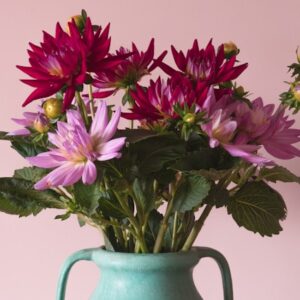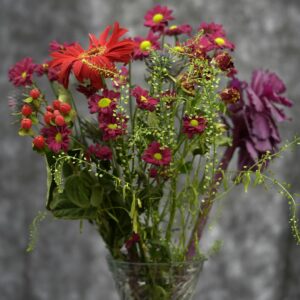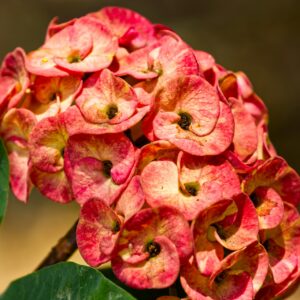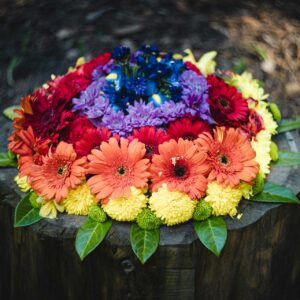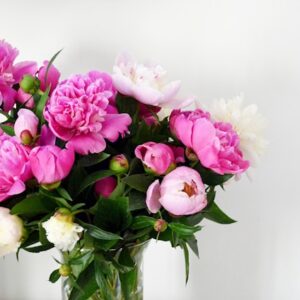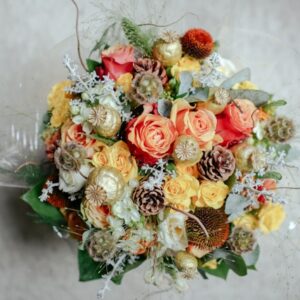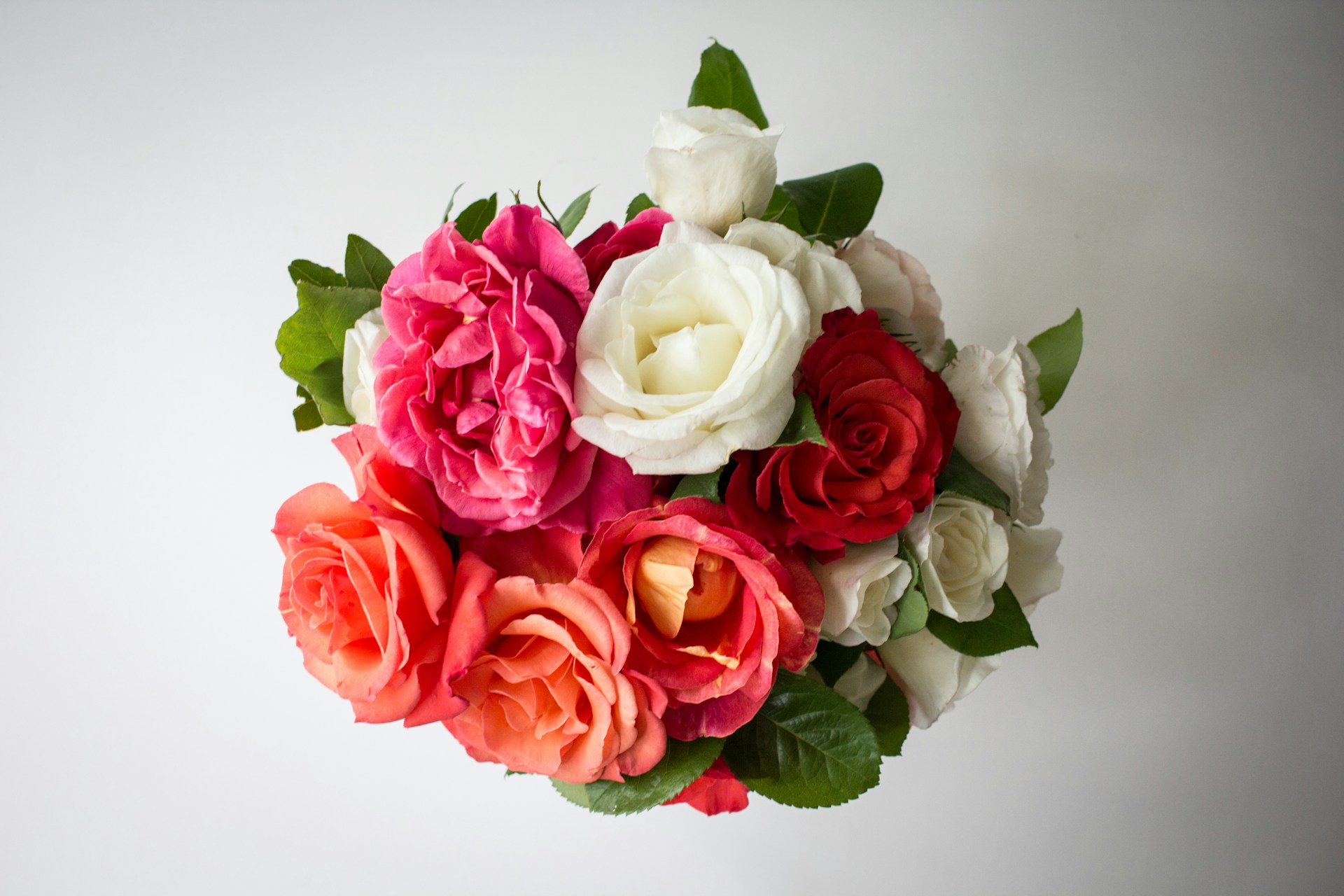The sacrament of Holy Communion marks a profound spiritual milestone in a child’s life, a moment of deep personal connection and communal celebration. As families prepare to honor this sacred occasion, the details often come into sharp focus, and among the most cherished elements are the communion flowers. These beautiful blooms are more than just decoration; they are a tangible expression of joy, purity, and the spiritual growth being celebrated. Selecting the right communion flowers can elevate the atmosphere of the ceremony and reception, creating lasting memories for the child and their loved ones. This comprehensive guide will delve into the heart of choosing, arranging, and understanding the symbolism behind these meaningful floral arrangements.
Communion flowers play a significant role in creating a serene and celebratory ambiance. Their delicate beauty and natural fragrances can enhance the sacredness of the church environment and add a touch of elegance to any post-ceremony gathering. The choice of flowers, colors, and arrangements can reflect both traditional symbolism and personal sentiment, making them a deeply meaningful aspect of the First Communion preparation. We’ll explore how to make these floral choices with intention, ensuring they beautifully complement the significance of the day.
Understanding the Significance of Flowers in First Communion
Flowers have a rich history of being used in religious ceremonies to symbolize purity, divinity, and new beginnings. In the context of First Communion, these meanings are particularly resonant as a child embarks on a deeper spiritual journey. The vibrant colors and graceful forms of blossoms represent the blossoming of faith and the presence of divine grace. Choosing flowers that align with these symbolic values can imbue the celebration with a deeper layer of meaning and reverence.
Historically, specific flowers have been associated with religious sacraments and figures. White lilies, for example, are widely recognized for their purity and are often linked to the Virgin Mary. Roses, especially white or pale pink varieties, can signify innocence and love, mirroring the pure heart of a child receiving communion. Understanding these traditional associations can help guide your selection towards arrangements that speak to the spiritual essence of the occasion.
Symbolism of Colors in Communion Floral Arrangements
Color plays a vital role in conveying emotions and meanings, and this is especially true for communion flowers. White is the predominant color, universally representing purity, innocence, and spiritual cleansing, all central themes of First Communion. Soft pastels like pale pink, lavender, and baby blue can add gentle touches of color while maintaining a sense of serenity and grace. These hues contribute to a calm and reverent atmosphere, allowing the spiritual significance of the day to take center stage.
Gold or silver accents can be incorporated to symbolize divinity, holiness, and the preciousness of the sacrament itself. While white remains the cornerstone, a thoughtful addition of complementary colors can add visual interest without detracting from the solemnity. The careful selection of color palettes ensures that the floral arrangements enhance, rather than overpower, the sacred nature of the event.
Choosing the Perfect Communion Flowers: A Practical Approach
When selecting flowers for a First Communion, consider both the traditional significance and your personal preferences. White roses, lilies, carnations, and hydrangeas are popular choices due to their classic beauty and symbolic purity. These flowers offer a timeless elegance that perfectly complements the sanctity of the occasion. Think about the scale of the venue and the intended display to ensure the arrangements are proportionate and impactful.
Beyond the blooms themselves, consider the greenery and filler flowers that will accompany them. Baby’s breath, for instance, adds a delicate, cloud-like effect and symbolizes everlasting love and purity. Ferns and eucalyptus can provide a lush backdrop and a touch of natural texture. A well-balanced arrangement will showcase the main flowers while adding depth and dimension with its supporting elements.
Seasonal Considerations for Your Communion Flowers
The season in which your child’s First Communion takes place can significantly influence flower availability and cost. Opting for in-season flowers not only ensures the freshest and most vibrant blooms but can also be a more budget-friendly choice. Many churches have spring communions, making flowers like tulips, daffodils, and hyacinths readily available and fitting for the season of renewal. Discussing seasonality with your florist can help you make informed decisions.
For autumn communions, consider flowers that reflect the season’s warmth and rich colors, perhaps incorporating deeper tones or more textured blooms if appropriate. Even within spring, different varieties of lilies and roses will be at their peak at different times. Understanding these natural cycles will help you secure the most beautiful and appropriate flowers for your celebration.
Working with a Florist for Your Communion Arrangements
Collaborating with a professional florist can transform your vision into breathtaking reality. A skilled florist will understand the nuances of religious ceremonies and can guide you through the selection process, offering expert advice on flower types, colors, and arrangements that align with your budget and aesthetic. They can also advise on the best flowers that will hold up well throughout the duration of the ceremony and any reception that follows.
When meeting with your florist, bring inspiration photos, discuss the church’s guidelines on decorations, and communicate your desired color palette and any specific flowers you wish to include. A good florist will listen attentively and provide creative suggestions, ensuring the final arrangements are both beautiful and meaningful. They can also help with logistical considerations like delivery and setup, easing your planning burden.
Arranging Your Communion Flowers: From Church to Home
The placement of communion flowers is as important as their selection. In the church, arrangements often adorn the altar, the entrance, or pew ends. These placements are typically guided by the church’s established decor and may require specific types of arrangements, such as altar sprays or smaller pew posies. Always confirm with church officials about any restrictions or preferences regarding floral decorations.
For any reception or family gathering afterward, flowers can bring the celebratory spirit into your home or chosen venue. Consider a beautiful centerpiece for the communion table or dining table, or smaller arrangements for side tables and entryways. These can often be more personal and reflect the child’s specific tastes while maintaining the purity and elegance of the occasion.
Centerpieces for the Communion Reception
The reception centerpiece sets the tone for the celebratory meal and conversation. A classic arrangement of white roses and lilies in a clear or silver vase can be both elegant and appropriate. Alternatively, a more minimalist approach with a single, striking bloom like an orchid or a cluster of delicate baby’s breath can also be very effective. Consider incorporating elements that are meaningful to the child or the family, perhaps a small cross or a ribbon in their favorite color.
For a larger reception, you might opt for a tiered arrangement that creates a focal point on a buffet table or a mantelpiece. Ensure that any centerpiece is not so tall that it obstructs conversation across the table. The goal is to create a beautiful, harmonious display that enhances the joy of the celebration without being intrusive.
Personal Touches and DIY Communion Flowers
While florists offer professional expertise, a DIY approach to some floral elements can add a deeply personal touch to the celebration. Perhaps the child and their siblings could help arrange smaller posies for the reception tables, or a family member with a green thumb could cultivate specific flowers for the occasion. This hands-on involvement can make the flowers even more precious and memorable.
Incorporating personal mementos into your floral displays can also be a wonderful idea. Consider tying a special rosary, a blessed medal, or a small photograph of the child to the bouquet. These small gestures transform the flowers from mere decoration into cherished keepsakes that hold profound sentimental value, making the First Communion even more unique and personal.
Caring for Your Communion Flowers to Preserve Their Beauty
To ensure your communion flowers remain fresh and beautiful throughout the ceremony and any subsequent celebrations, proper care is essential. This includes ensuring they are kept at an appropriate temperature, away from direct sunlight and drafts, which can cause them to wilt prematurely. If you’ve received arrangements with floral foam, ensure it remains damp by periodically adding water.
For bouquets or arrangements you plan to keep after the event, consider removing them from their original packaging and placing them in clean vases with fresh water and flower food. Changing the water every couple of days and trimming the stems at an angle can significantly extend their lifespan. This allows the beauty of the flowers to be enjoyed for longer, serving as a sweet reminder of the special day.
Conclusion: A Lasting Impression of Faith and Beauty
Communion flowers are an integral part of creating a memorable and spiritually rich First Communion celebration. From their symbolic meanings of purity and divine grace to their aesthetic contribution to the sacred atmosphere, these floral arrangements hold a special place. By thoughtfully selecting, arranging, and caring for your chosen blooms, you can craft a beautiful testament to a child’s growing faith and the love surrounding them on this significant occasion. May your communion flowers bloom with joy and grace, mirroring the spiritual journey your child is embarking upon.
“`



